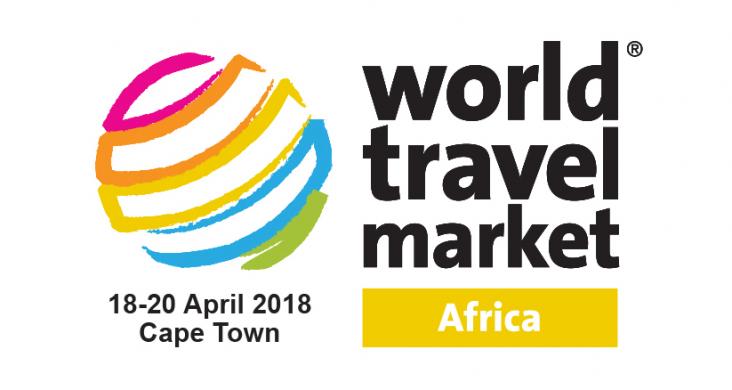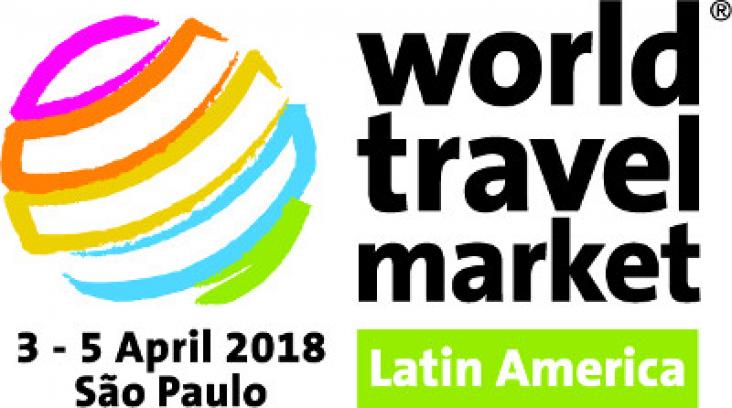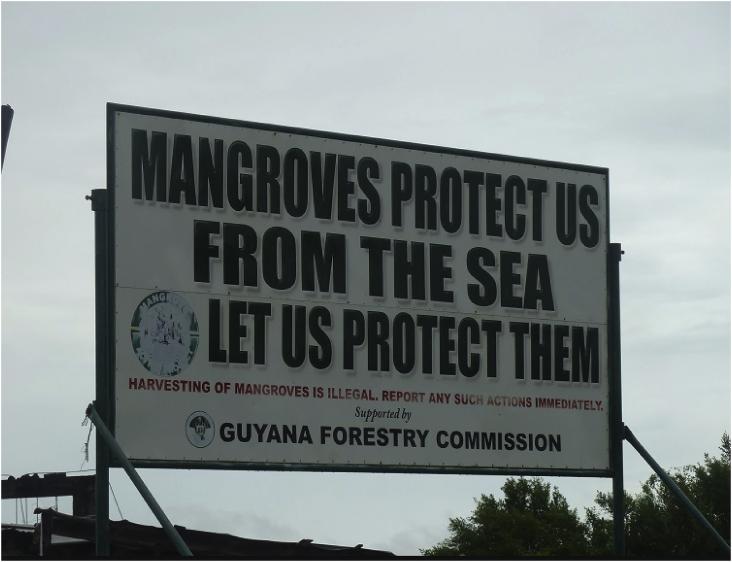
World Travel Market Responsible Tourism unites the global travel industry, companies, organisations and professionals alike, to share sustainable practices and ethical methods and drive the responsible tourism agenda. Tourism is mentioned specifically in Goal 8, 12 and 14. 2017 was the UN International Year for Sustainable Tourism for Development, with dedicated panel sessions examining what the industry can do to meet its commitments across a range of the goals.
Elsevier,
Jean-Pierre Desforges, Christian Sonne, Rune Dietz, Milton Levin, Marine Mammal Ecotoxicology, Academic Press, 2018, Pages 321-343
This chapter advances SDGs 13 and 14 by discussing environmental threats to marine mammals' health and wellbeing.
This chapter address SDG 14, life below water, through its review of all techniques available for recycling marine plastic debris.
This book chapter addresses goals 13, 15, 11 and 14 by discussing conservation efforts to protect biodiversity on tropical islands

WTM Latin America is the three day must-attend business-to-business (B2B) event which brings the world to Latin America and promotes Latin America to the world. Through its industry networks, unrivalled global reach, WTM Latin America creates personal and business opportunities, providing customers with quality contacts, content and communities. Tourism is mentioned specifically in three of the SDGs: 8, 12 and 14. A responsible tourism seminar was part of the events programme in 2017 and two panellists explored what the idea of sustainability means for tourism and tourism businesses.

Mangrove forests provide critical services around the globe to both human populations and the ecosystems they occupy.
To establish an estimation procedure for reliable catch amount of illegal, unreported and unregulated (IUU) fishing, light-gathering fishing operations in the northwestern Pacific were analyzed based
This book chapter advances SDGs 14 and 15 by discussing salt marsh restoration and rehabilitation projects that have been initiated at many locations around the world as a means of addressing past habitat loss as well as future threats.
Elsevier,
World Seas: An Environmental Evaluation Volume II: The Indian Ocean to the Pacific, Volume , 1 January 2018
This book chapter advances SDGs 14 and 15 by looking at Fiji, which is one of the most developed of the Pacific Island economies with a population highly dependent on the country’s rich biodiversity and natural resources for food, agriculture, tourism, culture, coastal protection, shelter, recreational sports, and other vital human needs. Sustainable use and practical management of coastal resources are urged while there is still a chance of ecosystem repair and restoration.
This book chapter advances SDGs 14 and 15 by covering all aspects of successful mangrove forest rehabilitation, including post monitoring to ensure continued success. Mangroves are critical coastal ecosystems that impact the environment and lives of all living creatures.
